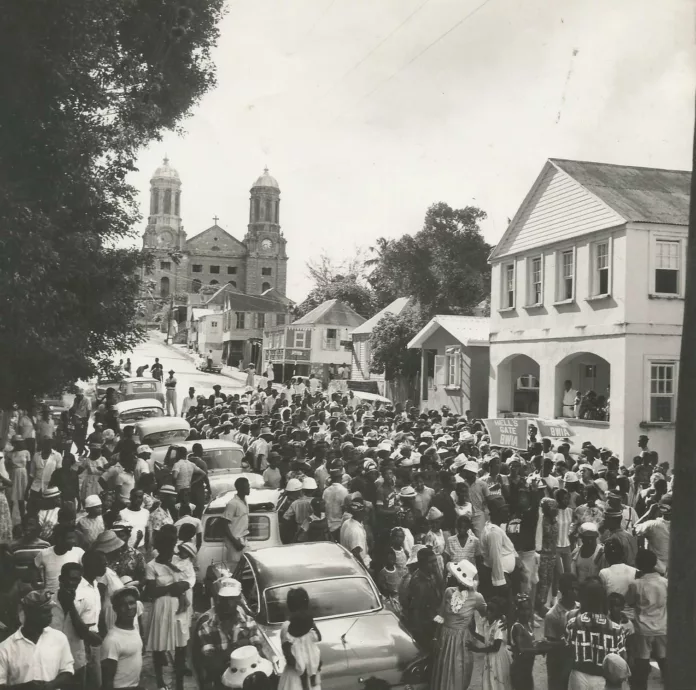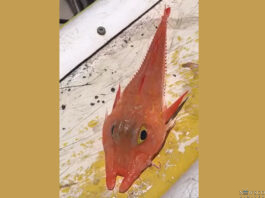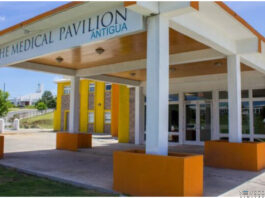By Latrishka Thomas
Antigua’s Carnival, a vibrant celebration that captivates locals and tourists alike, has a rich and fascinating history dating back to 1957.
As the island engages in yet another spectacular display of culture and revelry, let’s delve into some facts about what is often referred to as ‘the Caribbean’s greatest summer festival’.
- Antigua celebrated its first official carnival in August 1957
While the tradition of a form of “carnival” existed in the 19th century during the Christmas season, it wasn’t until 1957 that the first official carnival took shape. The event was born out of a desire that was awakened in June 1953 when Antigua celebrated a one-day event as part of the coronation celebration for Queen Elizabeth II. This sparked the enthusiasm of certain residents who lobbied for a yearly carnival, eventually leading to its inception in August 1957.
- The celebration served a three-fold purpose
Antigua’s Carnival served a three-fold purpose: first, as a “crop over” celebration, marking the mid-year break after the laborious six months of work in the sugar cane fields; second, as a major tourist attraction, drawing visitors from around the globe to experience its colourful festivities; and third, as a commemoration of emancipation from slavery, reminding everyone of the island’s triumph over its dark past.
- When carnival first started there were only two competitions
In its early days, the carnival featured only two competitions – the queens show and the calypso competition. Held at Deluxe Cinema, these contests quickly became the highlights of the carnival. The inaugural queens show saw Gloria White crowned as Antigua’s first Carnival Queen, while Mighty Styler triumphed as the winner of the first-ever calypso competition.
- The carnival blueprint was created by Maurice Ambrose
Behind the organisation and planning of the early carnivals was Maurice Ambrose, a talented builder and musician. After attending a carnival in the Virgin Islands in 1956, Ambrose returned to Antigua and presented a comprehensive master plan for the island’s carnival to John Ferdinand Shoul. With the vision and ambition to make the carnival a reality, Shoul sought assistance from the government and secured the declaration of August Monday as a public holiday, cementing the annual celebration.
- Not all persons were in support of carnival
While the majority embraced the carnival with open arms, it faced resistance from some quarters. The Antigua Sugar Factory initially objected to the loss of a day’s work. However, John Ferdinand Shoul successfully convinced the factory’s management that the sugar crop could be reaped efficiently before carnival, allowing both the “crop over” and the carnival celebrations to take place. As an incentive, a two-day holiday was also offered to the workers.
- John Ferdinand Shoul was the first Carnival Committee Chairman
The first Carnival Committee came into existence after the inaugural 1957 carnival. The late Hon Edmund Lake, the then Minister of Social Services, spearheaded the formation of the committee, and John Ferdinand Shoul was elected as its first chairman. Other prominent members included Rita Anjo, who was in charge of the queens show committee; Dame Yvonne Maginley, responsible for children’s carnival; and George Martin, who oversaw the calypso competition. Their dedication and hard work laid the foundation for the vibrant and thriving carnival we celebrate today.
It is important to remember the rich history and the passionate individuals who contributed to the success of ‘the Caribbean’s greatest summer festival’ in Antigua and Barbuda.
It’s a time when the island comes alive with the rhythm of calypso, the colours of elaborate costumes, and the spirit of unity, making it an event cherished by all who experience its magic.




